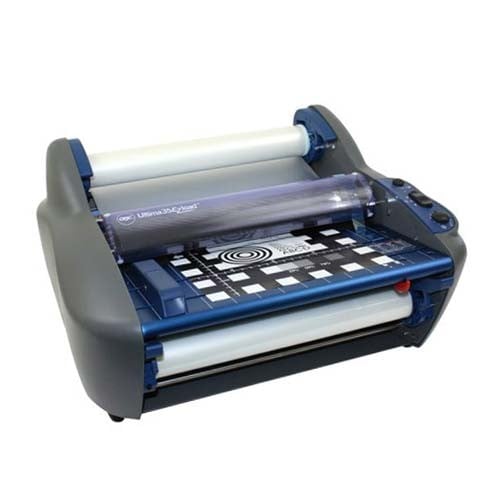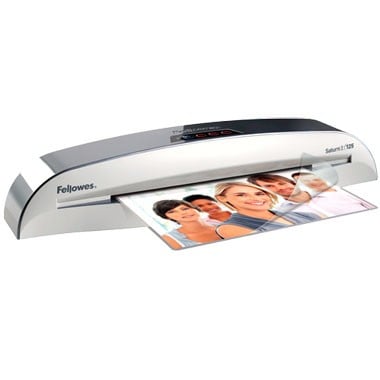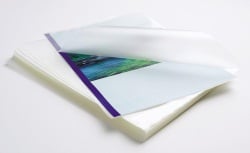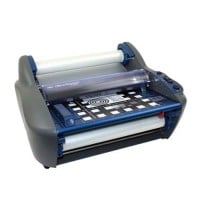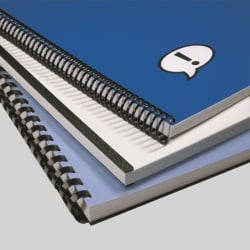MyBinding Knowledge Base
- Binding (248 Article)
- General Binding (42)
- Plastic Comb Binding (57)
- Fastback Binding (59)
- Perfect Binding (2)
- Modular Punching (8)
- Zipbind (3)
- Twin Loop Wire (13)
- Coil Binding (22)
- Thermal Binding (14)
- Strip Binding (1)
- VeloBind (4)
- Binding Covers (14)
- Proclick Binding (10)
- SureBind (4)
- Screw Post (2)
- Hole Punches (2)
- Staplers (4)
- Komtrak Insprial Binding (2)
- Paper (1)
- Rhin-O-Tuff (5)
- Binding Machines Comparison (17)
- Laminating (109 Article)
- General Laminating (26)
- Roll Lamination (16)
- Pouch Lamination (36)
- Pouch Board Laminator (3)
- School Laminator (3)
- Foil Laminating (3)
- Royal Sovereign Laminators (10)
- Laminators Comparison (3)
- Boards (11 Article)
- Bulletin Boards (3)
- Whiteboards (5)
- Chalkboards (1)
- Paper Shredders (44 Article)
- General Shredding (35)
- Industrial Shredders (1)
- Cross-Cut Shredders (2)
- Cardboard Shredders (1)
- Multimedia Shredders (1)
- Personal Shredders (1)
- High Security Shredders (2)
- Ring Binders (9 Article)
- Specialty Binders (2)
- Reinforced Paper (1)
- Health Care Punched Paper (1)
- Perforated Paper (2)
- View Binders (1)
- Index Tabs (9 Article)
- Index Tab Dividers (2)
- Copier Tabs (4)
- Pocket Folders (1)
- Custom Index Tabs (1)
- Pre-Printed Index Tabs (1)
- Paper Handling (37 Article)
- Paper Folders (9)
- Paper Joggers (2)
- Guillotine Cutters (4)
- Rotary Trimmer (3)
- Electronic Paper Cutters (1)
- Corner Rounders (2)
- Paper Scoring (2)
- Paper Drill (2)
- Booklet Makers (3)
- Stack Cutters (1)
- Paper Handling Equipment Comparison (5)
- ID Accessories (12 Article)
- Badge Holder (1)
- Lanyards (8)
- Badge Reels (1)
receive
$5off
*On order $25 or more.
What does Pitch Mean?
If you’ve come here for “pitching a baseball” or musical “pitch” then this article will be informative, but ultimately not what you’re looking for. More specifically, we are looking at the types of pitches of binding supplies--wire binding and coil binding for example. If you want more details on one of those binding options, click one of these links: What Pitch Do I Need for Wire Binding? and What Pitch Do I Need for Coil Binding? “Pitch” means: Holes Per Inch. For example: if you have a 2:1 pitch, that means there are two holes along the spine of your project for every inch.
There are different pitches for a few reasons. For some, it is a simple visual appeal--for example with coil binding. Coil binding has a 43 hole option and a 44 hole, although both have a pitch of 4:1(more holes on the page, but the same ratio per inch). They even use the same 4:1 coil to bind the pages together. One of the main things to look for when comparing pitches is to look at how large the bindings are. With 2:1 twin loop wire there are options to fit up to 300 sheets (1 ½” spines). The 3:1 wire only supports spines up to 9/16” (about 120 sheets). So, in this example, if you are going to create larger projects you wouldn’t want to purchase a 3:1 machine.
Wondering what pitch is used by each binding style. Here is a quick cheat sheet for reference. 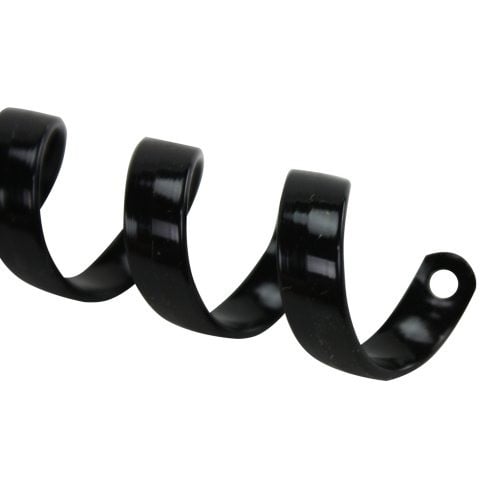
Coil - 4:1 is most common (5:1, 3:1, 2.5:1, 6mm and Turbocoil are available)
Wire - 3:1 for smaller sizes and 2:1 for larger sizes
Velobind - 1:1 (one hole per inch)
Proclick - 3:1
Plastic Combs - 9/16” hole spacing (19 rectangular holes on an 11” document)
Zipbind - Same as plastic comb
Komtrack - Same as plastic comb
Our Recommendation:
Go with a pitch that will work with the size of projects you think you’ll be making. If you need something smaller or larger than what you choose, then purchase some prepunched paper and a small box of another pitch size for those few projects and bind them using the same machine.
Key Points:
- “Pitch” means holes per inch.
- When choosing a pitch, choose the ones you think will best fit your sized projects.
- Purchase prepunched paper of another pitch and a small box of binding spines for those few projects that differ in size from your average project.
Recommended products and other links:
Wire Binding: https://www.mybinding.com/binding/binding-styles/wire-binding.html
Coil Binding: https://www.mybinding.com/binding/binding-styles/coil-binding.html

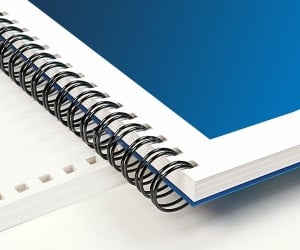
< Over the years, a number of customers have asked me whether they can use twin loop wire with their plastic comb binding machine. These customers often don’t want to have to buy a brand new machine but like the look and feel of twin loop wire binding. However, the answer to their question isn’t as simple as it seems. You see, they actually do make twin loop wire that is designed to work with the plastic comb binding hole pattern. With that said, if you want to use these wires you are going to need a way to close the wires. What is Spiral-O Wire? Let me explain a little bit more…There is a product that we carry called Spiral-O Wire. This wire has 19 loops and is designed to work with the hole pattern from a plastic comb binding machine. Spiral-O Wire is sometimes called Wire Combs or Ibico Wire and was originally designed for use with some of the older Ibico binding machines. A number of the older Ibico plastic comb binding machines also included a twin loop wire closer on the front of them to allow users to use both plastic combs and wire. This 19 loop wire was designed for this purpose. What Equipment is Needed? As the Ibico brand has been phased out by GBC and all of the older Ibico plastic binding machines have been replaced with new models, they no longer have the twin loop wire closer on the front of them. This presents a problem in trying to use these spiral-o wires since you can’t use the wires without a way to close them. One of the only options left is to purchase a Twin Loop wire closer. However, since twin loop wire closers are not incredibly cheap this option usually only appeals to users who have larger electric plastic comb binding machines. Otherwise, it is often advisable to simply buy a low end 3:1 pitch twin loop wire binding machine (the supplies are cheaper). This being said, if you have one of the older Ibico binding machines that has a wire closer included you are in luck. The Spiral-O binding supplies that we carry will work perfectly with your machine and you will be able to use both plastic combs and wire depending on your needs. These Spiral-O binding supplies are available in Black, Silver, White, Blue and Red and in sizes up to 1″ in diameter. If you aren’t sure what type of wire binding supplies that you need to work with your machine simply give us a call. Our trained sales representatives will be glad to help you find the correct supplies for use with your machine.(Read More)
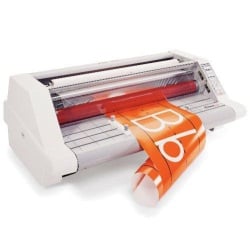

Loading...


